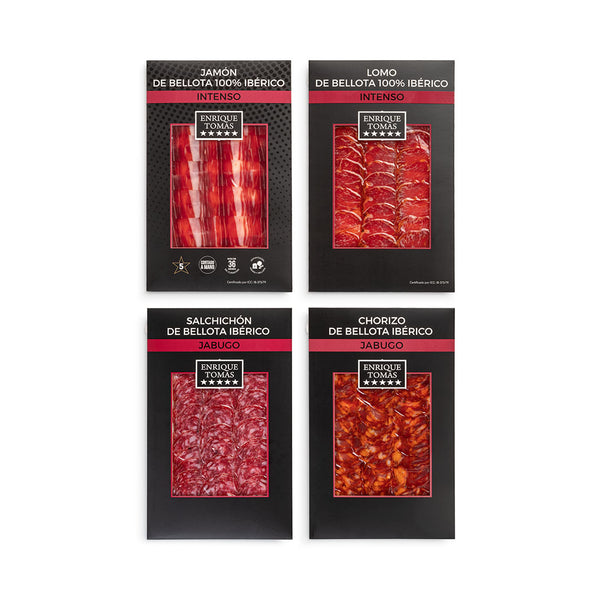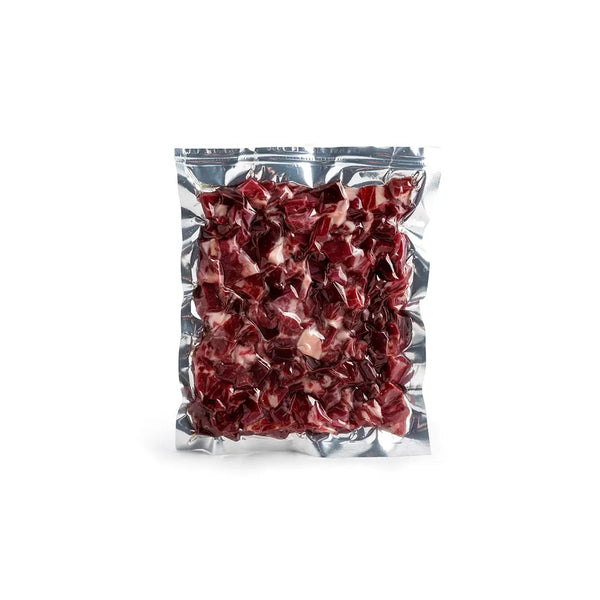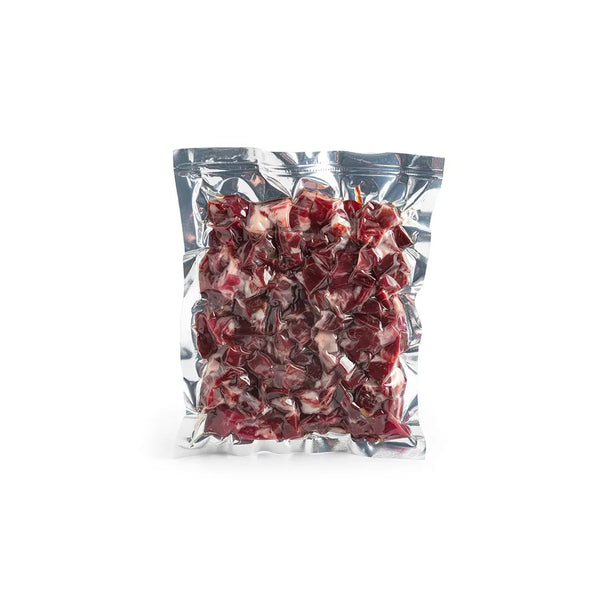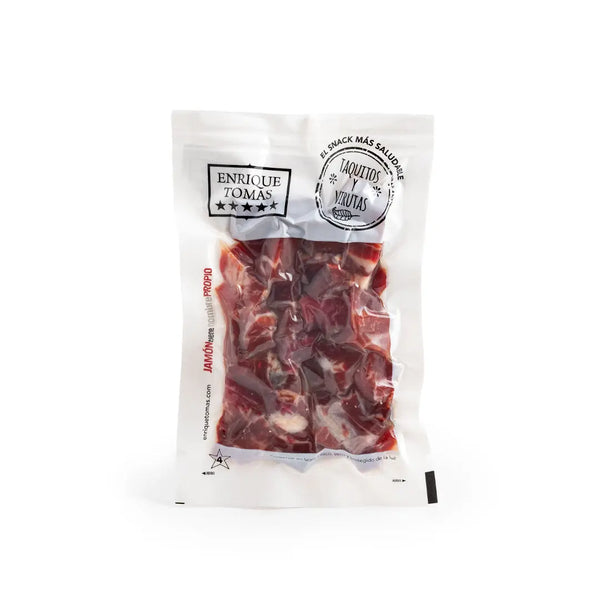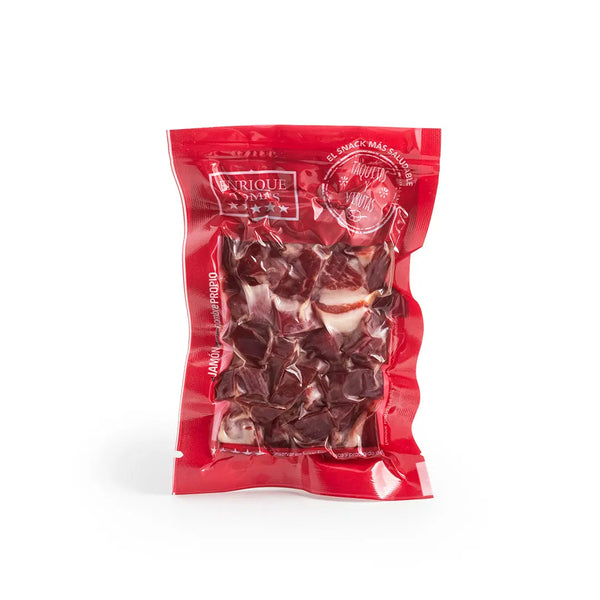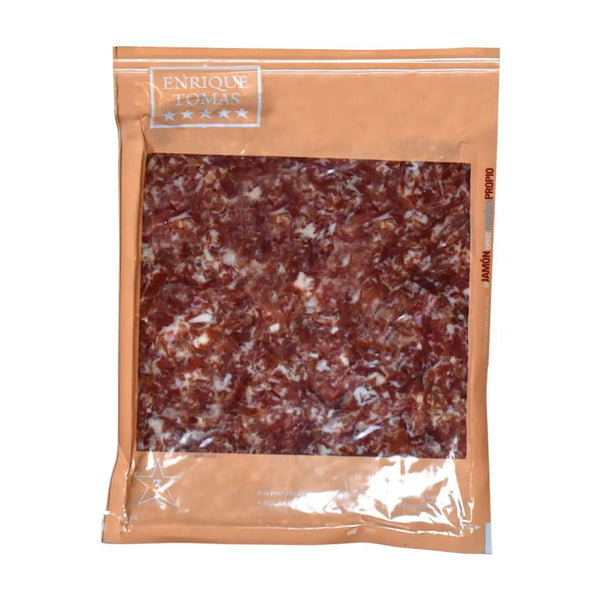
Ham dryers, what are they like?
The curing process of Iberian hams consists of different stages, and drying is the penultimate one. Drying is the moment when the hams are hung to allow the fat to infiltrate into the muscle, but they can't be hung just anywhere; it must be done in ham drying rooms.
These are the suitable spaces where the necessary conditions are provided for this stage to develop properly. If you want to learn more about them, stay with us!
Let's begin!
What Are Ham Drying Rooms Like?
Ham drying rooms are the spaces where the drying process takes place, and nowadays, it's done in an automated manner. The hams are hung on aerial hangers for about six months, typically in two phases of about three or four months each. They are as follows:
- First stage: The hams need to be at a temperature between 6 and 16 degrees Celsius with a humidity level between 60 and 80%.
-
Second stage: The temperature in the drying rooms needs to increase because now the hams should be between 16 and 30°C. The humidity should decrease slightly and fluctuate between 55% and 85%.
The duration of each of these two stages will vary based on the experience of the "cook," which is what we call our master ham artisans at Enrique Tomás. You don't need to closely monitor the hams; it's enough to control the lighting conditions (low), temperature (constant), and humidity (controlled). Any variation in one of these three factors could affect the final outcome of the curing process, which is why it's important to keep everything under control.
Thanks to artificial drying rooms, monitoring all of this is much easier. The hangers rotate inside the drying room so that all hams receive air equally, ensuring uniform curing.
But when do the hams reach this stage? Let's find out.
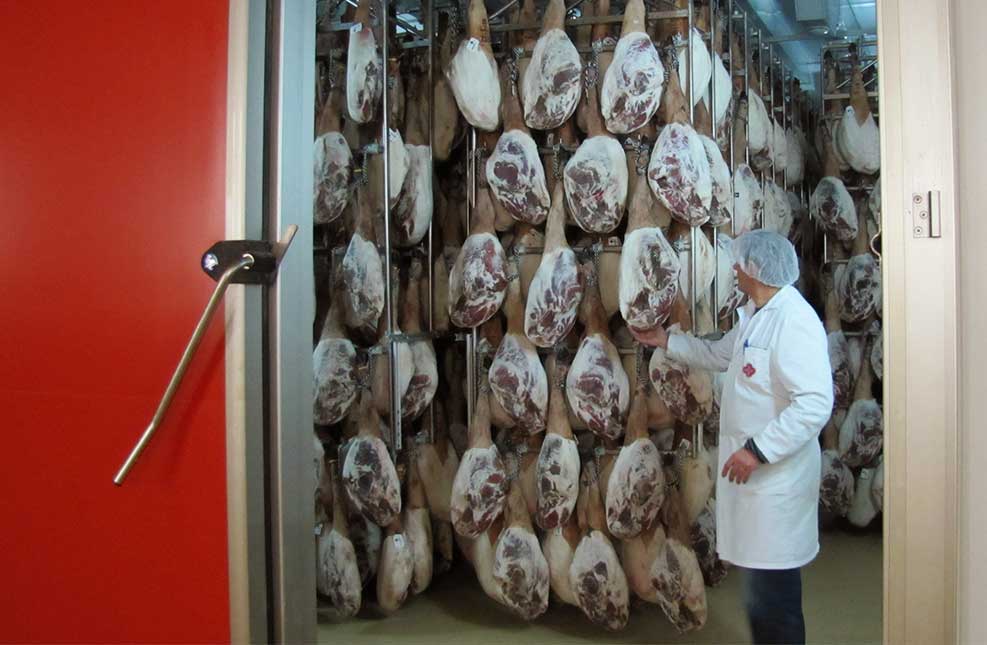
A master ham artisan checking the ham drying process
When Is the Drying Process Carried Out?
Iberian hams can only be produced on the Iberian Peninsula because it's here that the necessary conditions for pigs to grow properly and for their hams to cure correctly exist—this is how authentic Iberian ham is obtained!
Since climatic conditions are so crucial, it's necessary to follow the curing process and initiate it at the right time. The drying stage typically starts in March because it's still cold in the mountains. Gradually, the temperature naturally increases, especially from May onwards, and it's at this point that the hams need to be exposed to a higher temperature to start sweating. Thanks to this, the meat gradually absorbs oil. However, to make this happen, you don't need to do anything; just have patience and let the process follow its usual course.
When the necessary time has passed, the hams move on to the next and final phase: maturation. The cured hams are now hung in cellars for a period of six to twelve months, depending on the pig's breed and the weight of the hams. During this stage, the master artisans will need to pay more attention to the pieces, and once this stage is completed, they'll be ready!
As you can see, the ham curing process is a delicate task, and only by buying a top-quality Iberian ham can you enjoy a ham that has been properly pampered. At Enrique Tomás, we only offer the best, so buy a pack of sliced hams or one of our ham legs and enjoy a top-notch delicacy!

A master ham artisan checking the ham drying process
